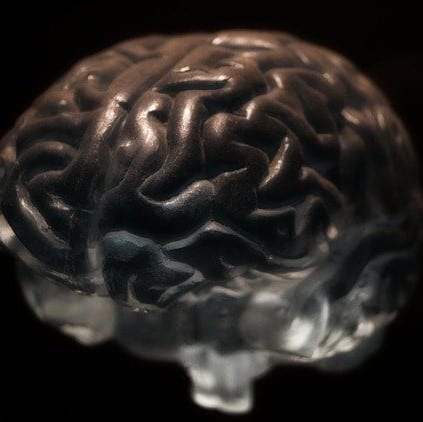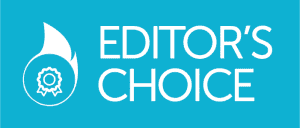According to a recent press release, oncology company Novocure enrolled its first patient in a Phase 3 clinical trial to evaluate Optune, alongside radiation therapy, for patients with newly diagnosed glioblastoma. The TRIDENT trial will determine whether Optune makes tumors more sensitive to radiation, thus allowing for better patient outcomes.
Optune
Developed by Novocure, Optune is an antimitotic therapy which delivers a special cancer-fighting technology, called Tumor Treating Fields, directly to the area around the tumor. Antimitotic means that a drug prevents mitosis, or cell division. Thus, it is especially helpful in treating cancer as it prevents the growth of tumors and cancerous cells. Tumor Treating Fields use electric fields and frequencies to prevent cellular mitosis. Additionally, this therapy is designed to specifically target cancerous cells. Currently, Tumor Treating Fields show benefit for patients with solid tumors.
Typically, Optune is used alongside temozolomide for adults with glioblastoma, after completing radiation therapy and surgery (if possible). However, researchers wonder whether Optune and its Tumor Treating Fields can provide benefit if used in conjunction with radiation. To determine this, the Phase 3 TRIDENT trial will compare the use of radiation therapy and temozolomide, followed by Optune and temozolomide, to the use of Optune, radiation, and temozolomide, followed by just Optune and temozolomide. The study will progress until patients reach 24 months (2 years) or develop a 2nd tumor.
Although Optune is relatively well-tolerated, some side effects may occur. These include:
- Headache
- Thrombocytopenia (low platelet count)
- Nausea and vomiting
- Constipation
- Fatigue
- Muscle spasms
- Depression
Glioblastoma
Although doctors are not sure what causes cancerous cell development in patients with glioblastoma, risk factors include radiation therapy and genetic disorders. Glioblastoma falls under the umbrella of astrocytoma; this rare cancer develops in the brain from star-shaped astrocyte cells. Typically, glioblastoma first forms in the cerebrum. However, glioblastoma is typically intense, malignant, and damaging due to the cancer’s ability to create its own blood supply. This cancer forms around 20% of all brain tumor diagnoses. Generally, males are more likely to develop glioblastoma than females.
Symptoms and severity vary based on the location, size, and growth rate of the tumors. However, some common symptoms may include:
- Frequent and persistent headaches
- Blurred or double vision
- Nausea and vomiting
- Changes in mood and personality
- Difficulty thinking or speaking
- Seizures
- Confusion
- Appetite loss
- Fatigue and sleepiness
Learn more about glioblastoma.








